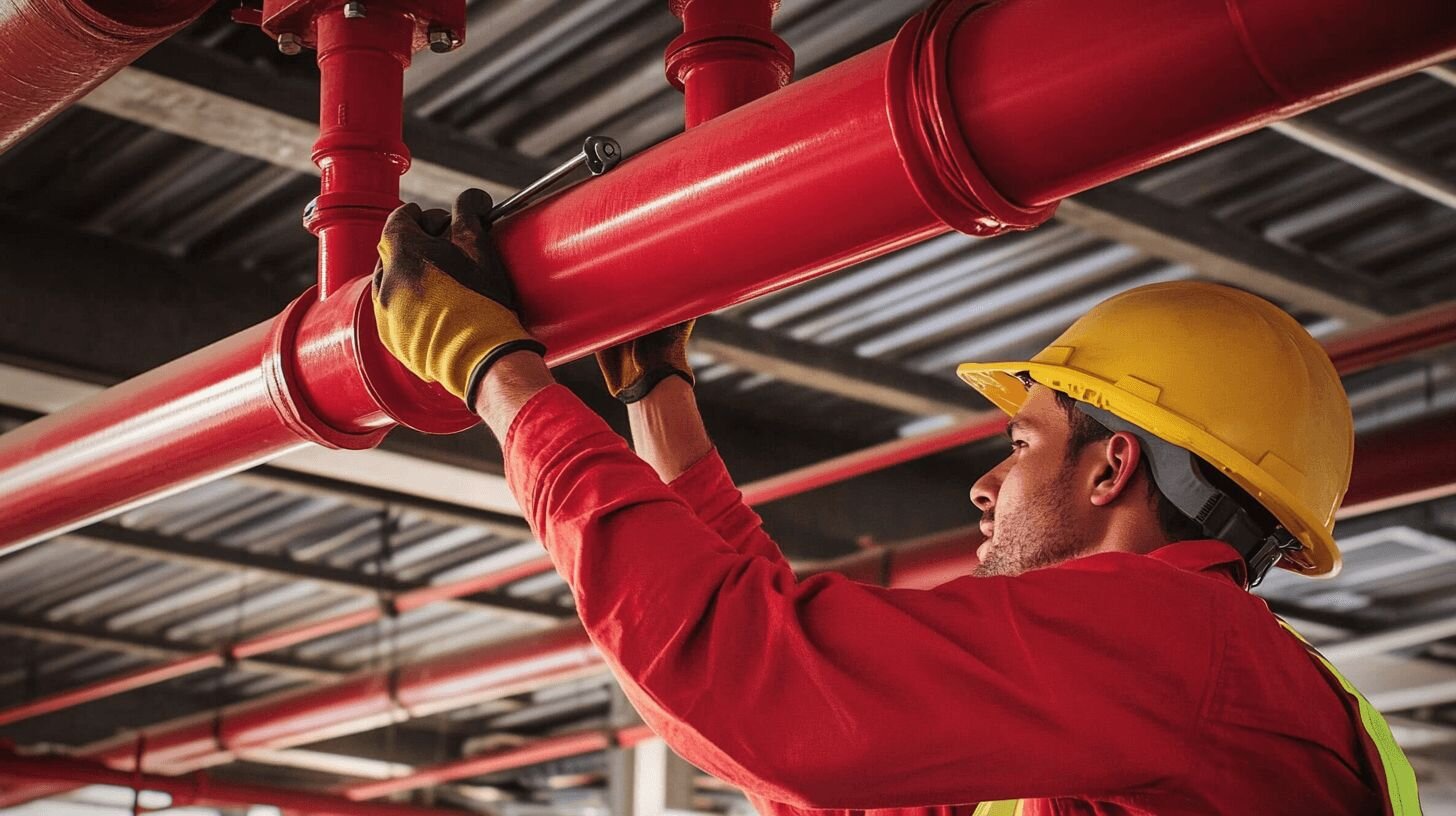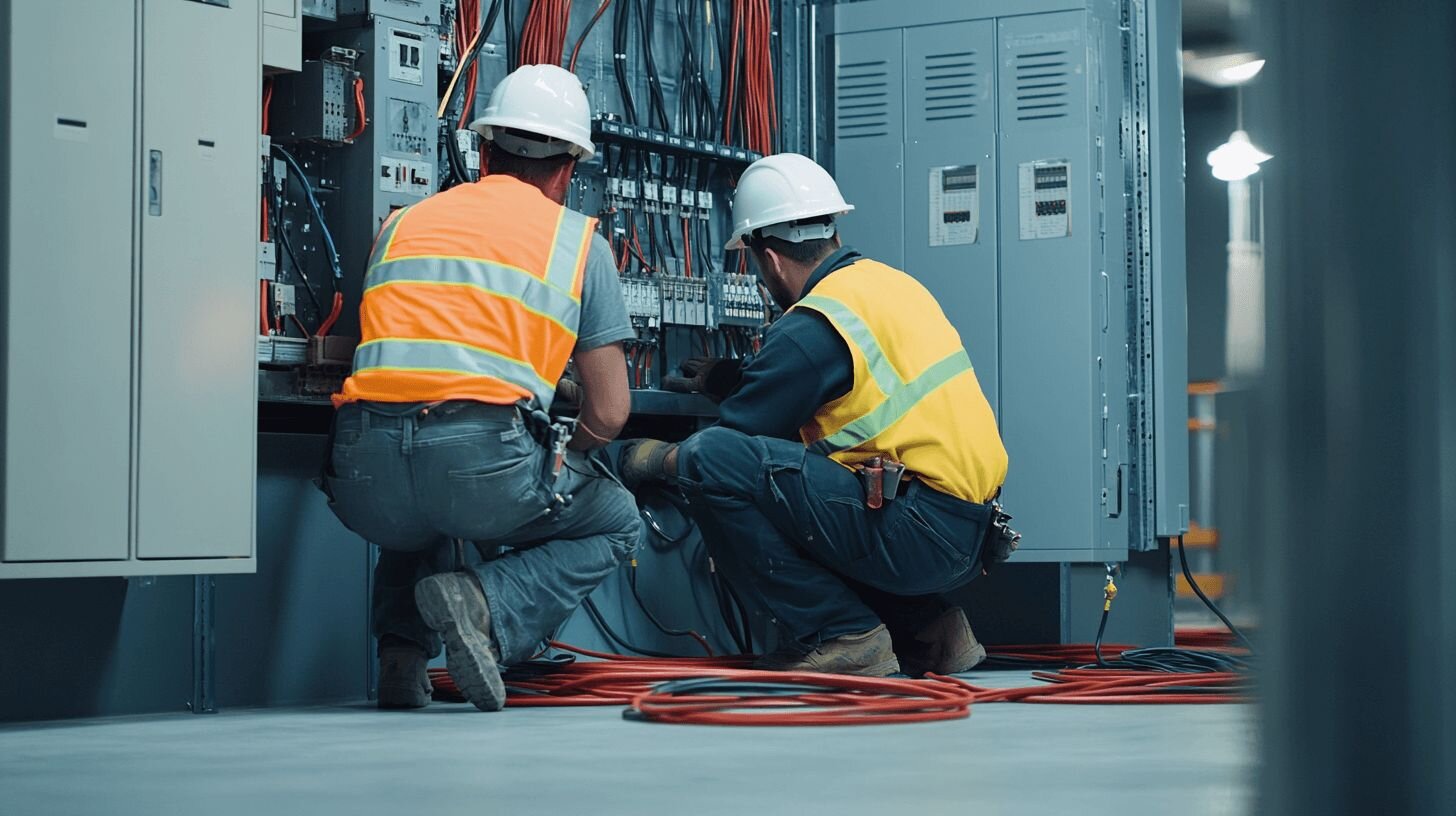If your team installs or works near battery energy storage systems (BESS), a new fire safety standard is going to affect how those systems get designed, approved, and built.
The 2026 edition of NFPA 855, the Standard for the Installation of Stationary Energy Storage Systems, is now live. Released by the National Fire Protection Association (NFPA), it outlines the minimum safety requirements for installing battery storage across commercial, industrial, and utility-scale settings.
Compared to the 2023 edition, the new version introduces significant changes that touch on system design, emergency response, fire and explosion risk, and how new battery chemistries are handled.
Why This Matters to You
If you’re bidding on or managing jobs that include ESS components, these rules can affect your design timelines, permitting process, and insurance approvals. NFPA 855 isn’t federal law, but many state and local authorities adopt it, and it’s heavily relied on by insurers, testing labs, and financiers to assess project risk.
According to Drew Bandhauer, a BESS engineer at Leeward Renewable Energy, the standard is “the primary fire standard guiding BESS site design and installation” across the industry.
What’s New in the 2026 Edition
The NFPA said the 2026 edition includes several key additions:
- New battery chemistries: Systems using iron-air, nickel-hydrogen, hybrid supercapacitors, zinc-bromide, lithium metal, and other non-lithium technologies now fall under the standard’s scope.
- EV charging systems with storage: Sites that combine vehicle charging with stationary storage are now addressed in the code.
- Emergency response plans: There are new requirements for how project teams prepare and document emergency actions.
- Explosion control and testing: Projects will need to meet new recommendations around thermal runaway protection, explosion control systems, and large-scale fire testing.
- Large-scale fire testing (LSFT): Entire battery units are intentionally ignited with suppression systems disabled to test real-world fire behavior under worst-case conditions.
Built by a Cross-Industry Task Force
NFPA develops these standards with input from a task force that includes contractors, certification bodies, authorities having jurisdiction (AHJs), Nationally Recognized Testing Laboratories (NRTLs), and others in the storage industry.
That mix of voices helps ensure the standard reflects real-world applications, but it also means the code continues to evolve. The 2026 edition is part of a three-year revision cycle, so this won’t be the last update you’ll need to keep up with.
What You Should Do Now
If you’re installing battery storage systems, it’s time to get familiar with the 2026 edition of NFPA 855. The updated guidance could influence everything from:
- Enclosure layout
- Equipment spacing
- Fire detection and suppression systems
- Permitting delays
- Project liability and insurance coverage
You don’t need to become a fire code expert, but knowing what’s changed puts you in a stronger position on the job.
The full standard is available through the NFPA website, and industry groups are expected to release more interpretation and guidance in the coming months.



